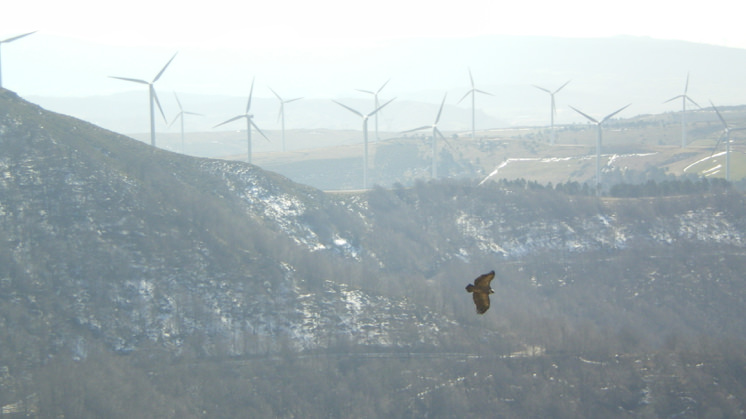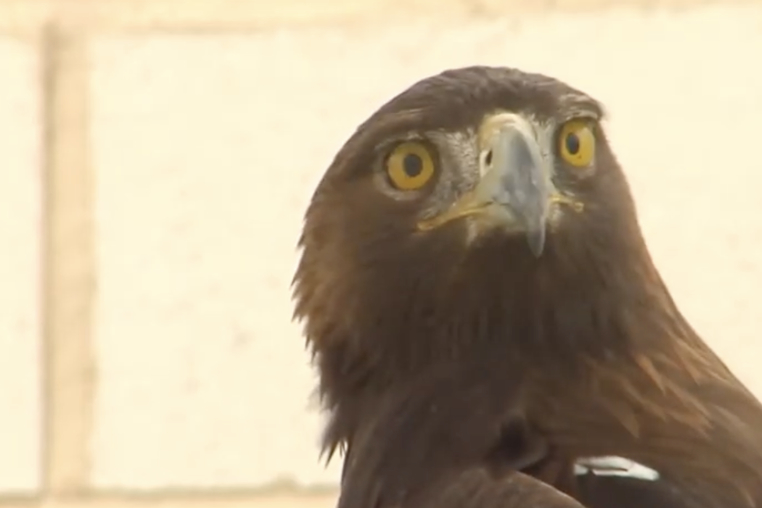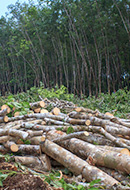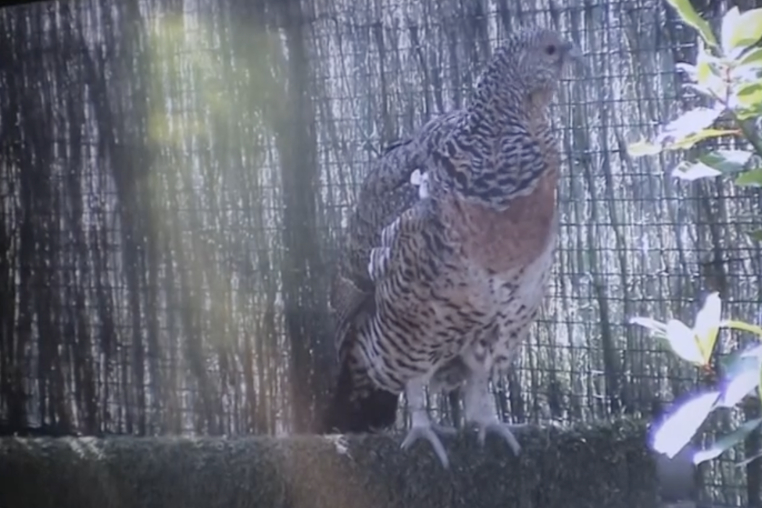Environment conservation principle
Conservation, a basic principle of our environmental policy
Climate action Nature Biodiversity
Iberdrola Group is committed to protect the biodiversity of the ecosystems, landscapes and species where it operates, and to raise awareness amongst society about the importance of this issue and the actions that can help to preserve it.

Ecosystems have been transformed by human activity, but in the last century the transformation has been more rapid and extensive than in any comparable period in the human history. As a result, the Earth's biodiversity has been considerably impoverished. According to the Intergovernmental Science-Policy Platform on Biodiversity and Ecosystem Services (IPBES), more than a million species are in danger of extinction and could disappear within a few decades because of the increasing impact of human activities. The extinction of species threatens not only nature, but also mankind itself.
Iberdrola is aware of this problem and in line with its commitment to sustainable development considers the conservation of biodiversity as a basic principle of our environmental policy. For this reason Iberdrola has a Biodiversity Policy, which applies to all business units and regions where the company operates. The policy establishes as basic action principles:
- Integrating the conservation of biodiversity into the decision-making processes at the implementation, operation and dismantling stages of infrastructure projects.
- Applying a preventive approach in the construction of new infrastructure, by considering its complete life cycle and integrating this focus into the impact assessment of new projects.
- Integrating this preventive approach in environmental and social impact assessment of new projects, particularly those involving sensitive, biologically diverse or protected natural areas.
- Compensating for the effects of the Group's activities and fostering the restoration of natural capital. To achieve this, Group companies carry out, depending on the specific needs of each project, during the construction, operation and dismantling stages, among other actions, monitoring of fauna and flora, particularly protected and vulnerable species as well as silvicultural treatments, and forest restoration with native species.
- Integrating biodiversity into the Group's environmental management systems and establishing targets, indicators, and criteria for its control, monitoring and audit.
- Protecting species and habitats by means of positive conservation management and site research, with the aim of obtaining a net positive outcome in relation to the environment, avoiding the siting of new infrastructure in protected areas or those of high biodiversity value.
- Informing stakeholders about the Group's activities in matters of biodiversity.
- Promoting knowledge of and training in biodiversity among Group employees and those of our subcontractors and suppliers.
- Participating in the development of research, conservation, education, and awareness raising projects, collaborating with Government agencies, non-governmental organizations, local communities, and other stakeholders regarding biodiversity issues.

Census of Bonelli's eagle chicks in Arribes de Duero Natural Park.Video voice transcription (Spanish version) [PDF]

Project for the preservation of the imperial eagle in the wild.Video voice transcription (Spanish version) [PDF]

Biodiversity protection
How do we protect and preserve biodiversity on some of our more flagship projects?

Megadiverse countries
10% of the Earth's surface houses 70% of the planet's terrestrial biological diversity.

Overexploitation of natural resources
Consequences and possible solutions to this problem.

The importance of forests
The present (and the future) of forests in the world against deforestation.





